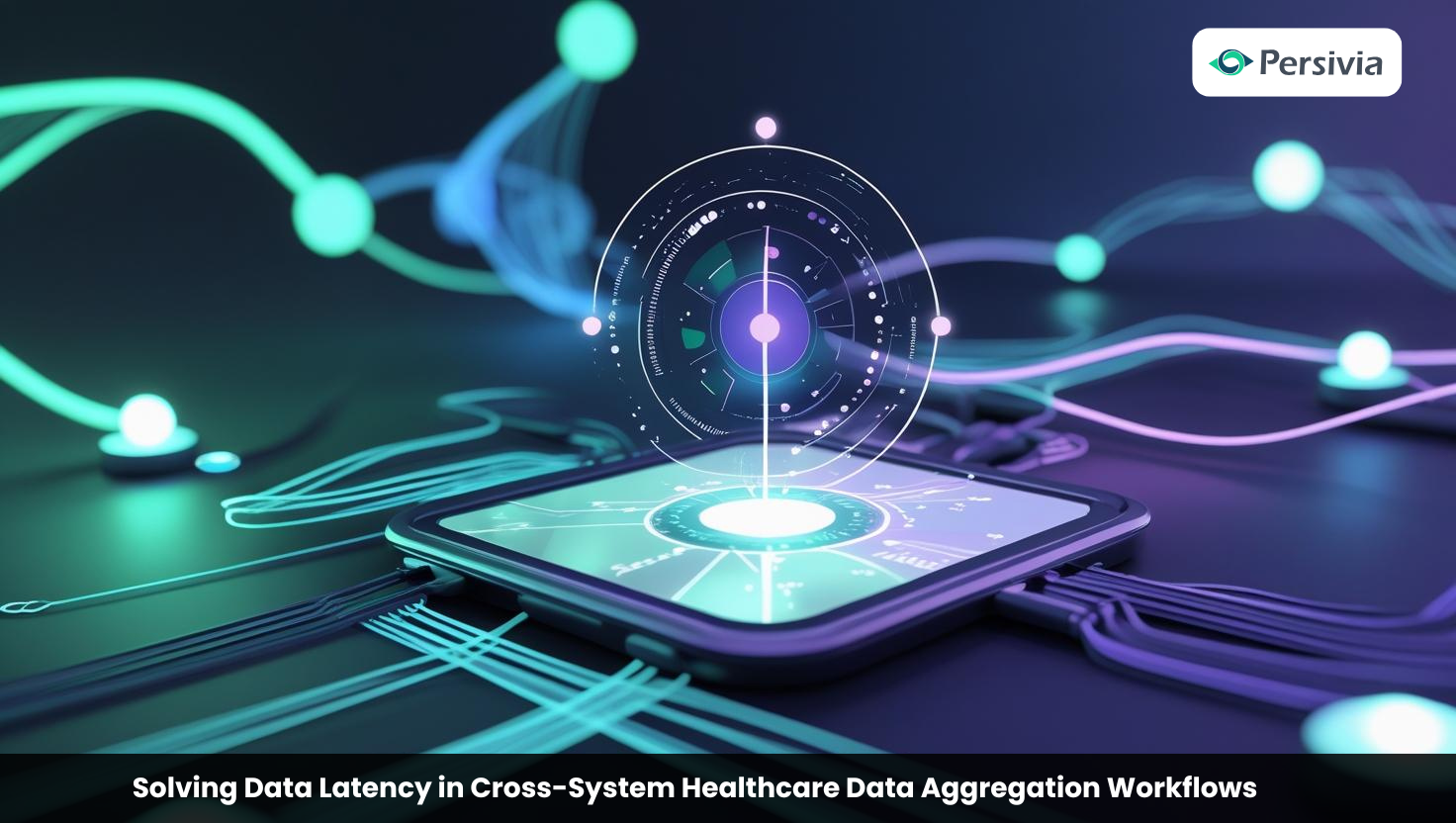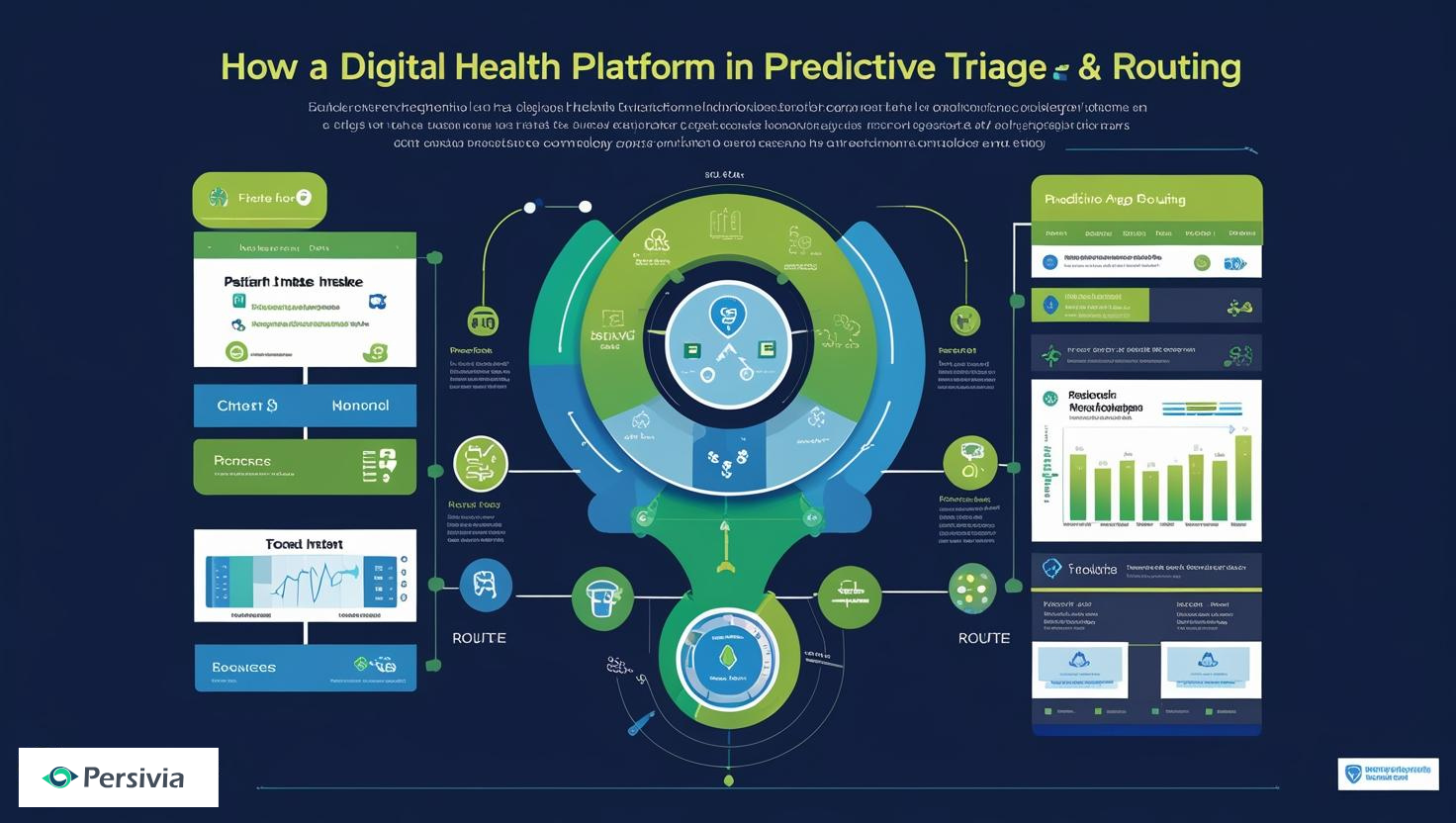In today’s hyper-connected world, sensors are the invisible force driving innovation across industries. From smartphones and autonomous vehicles to smart cities and healthcare monitoring, sensors are the core enablers of data-driven decisions. As the demand for real-time information and automation grows, so does the global sensor market — both in volume and value.
The sensor market is not just evolving; it’s expanding into every aspect of modern life, redefining how machines interact with their environments and how humans interact with technology.
What Is a Sensor?
A sensor is a device that detects and responds to changes in an environment — such as temperature, pressure, light, motion, or gas — and converts this physical change into readable data or an electronic signal. They form the foundation of the Internet of Things (IoT), enabling objects to become “smart” and responsive.
Market Growth & Dynamics
The global sensor market is projected to grow at a significant CAGR, driven by explosive adoption in sectors like:
- Automotive (ADAS, EVs, autonomous driving)
- Consumer Electronics (wearables, smartphones, smart TVs)
- Industrial Automation (Industry 4.0)
- Healthcare (wearable diagnostics, remote monitoring)
- Smart Homes & Cities (surveillance, energy efficiency)
- Environmental Monitoring (climate, pollution detection)
Governments and enterprises are heavily investing in IoT infrastructure, AI integration, and predictive maintenance systems, all of which rely on sensors to collect, interpret, and transmit data.
Types of Sensors and Their Applications
1. Temperature Sensors – Widely used in HVAC, automotive, industrial, and consumer devices to ensure optimal performance and safety.
2. Proximity Sensors – Crucial in smartphones (face recognition), parking systems, and factory automation.
3. Motion & Accelerometer Sensors – Used in fitness trackers, smartphones, and game controllers to detect orientation and movement.
4. Pressure Sensors – Enable safe and efficient operation in automotive, aerospace, and medical devices.
5. Optical & Image Sensors – Found in cameras, facial recognition systems, and medical diagnostics.
6. Gas & Chemical Sensors – Vital in environmental monitoring, breath analysis, and industrial safety.
7. Biosensors – Rapidly growing in demand due to wearable health tech and personalized medicine.
Key Trends Shaping the Sensor Market
Miniaturization & Integration
As devices become smaller and more powerful, sensors must follow suit. The shift toward system-on-chip (SoC) designs enables integration of multiple sensing capabilities in compact forms.
AI-Powered Sensors
Artificial intelligence is making sensors smarter, enabling edge computing for faster, local decision-making — crucial for applications like autonomous vehicles and robotic surgery.
Wireless & Contactless Sensing
The rise of wearable technology and non-invasive medical devices has sparked innovations in wireless and battery-free sensors, improving user comfort and data reliability.
Environmental & Energy Efficiency Focus
Smart building and city projects are leveraging green sensor solutions to monitor air quality, manage energy use, and improve sustainability.
Challenges in the Sensor Market
Despite rapid growth, the sensor industry faces hurdles such as:
- High competition and commoditization
- Data privacy and cybersecurity risks
- Technical complexity in integration
- Cost sensitivity in large-scale deployments
To remain competitive, manufacturers are focusing on durability, low power consumption, multi-functionality, and customization.
Regional Market Outlook
- Asia-Pacific leads the global sensor market, powered by major electronics manufacturing hubs in China, Japan, South Korea, and India.
- North America is strong in industrial, automotive, and healthcare sensor innovation.
- Europe focuses heavily on environmental sensing and smart infrastructure.
Emerging economies are rapidly adopting sensor-enabled technologies in agriculture, transport, and public health, further expanding the global market landscape.
The Road Ahead: A Sensor-First World
Sensors are no longer just components — they are the eyes, ears, and touchpoints of technology, quietly but powerfully enabling the digital transformation of every industry.
As AI, IoT, 5G, and edge computing converge, the importance of sensors will only grow, making them a critical investment area for future-ready enterprises and governments alike.
Whether it’s preventing accidents through real-time alerts or saving lives through early disease detection, sensors are already shaping the next chapter of smart living and intelligent automation.


